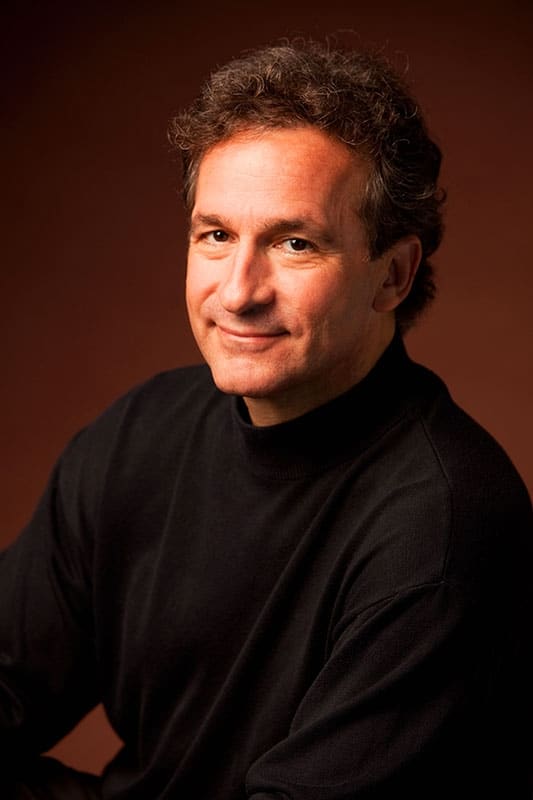Tucked into President Trump’s 2018 budget are several provisions to tackle medical malpractice reform, an effort to slash healthcare costs by seeking to impact the everyday practice of defensive medicine.
The President proposes (page 114) to cap damages on pain and suffering to $250,000 per claim, limit attorneys’ fees and limit the period to file lawsuits among other traditional tort reform efforts.
Virtually every physician in the country admits to practicing defensive medicine – or ordering more medications, diagnostic tests and procedures than are necessary; primarily to protect themselves from a potential lawsuit.
Consider this:
- Gallup says that one in four healthcare dollars can be attributed to defensive medicine. This waste accounts for about $650 billion annually or about $2,000 per person on unnecessary care such as x-rays, blood tests, MRIs and CT scans.
- A 2012 survey conducted by the American Academy of Orthopedic Surgeons found that 96 percent of its doctors said they practice defensive medicine. Researchers at Vanderbilt University found that the nation’s orthopedic surgeons alone spent $173 million a month or $2 billion annually on defensive medicine.
- A 2015 survey conducted by the Congress of Neurological Surgeons found that 75 percent of neurosurgeons said they practice defensive medicine to protect themselves from litigation.
If the White House and Congress want to change the behavior of those who have the most influence on expenditures in healthcare, they need to skip traditional tort reform efforts and consider a complete replacement to medical malpractice.
Traditional tort reform measures enacted in states such as caps on damages and limiting attorneys’ fees have done little to impact the utilization of health care, according to a 2013 study by the Center for Studying Health System Change. The study’s authors found that a more accurate predictor of defensive medicine is an individual doctor’s level of concern about being sued for malpractice.
“Physicians extreme dread of malpractice litigation may stem from their perception that it is unpredictable, uncontrollable and potentially disastrous both financially and psychologically,” the study’s authors wrote in Health Affairs.
Seventy-seven percent of doctors said they won’t stop practicing defensive medicine with the enactment of traditional tort reform, according to a nationwide physician survey conducted in 2012 by Jackson Healthcare. Texas doctors also had an identical response with 77 percent saying a high-profile statute to limit damages in that state did not change their practice of defensive medicine.
To change physician behavior related to these wasteful expenditures, lawmakers in Florida, Georgia, Alabama, Tennessee, Maine and Montana, lawmakers are considering a plan that would abolish each state’s medical malpractice system and replace it with a no-blame model similar to workers compensation.
Under the proposed Patients’ Compensation System, an injured patient would instead file a claim before a panel of healthcare experts that would determine whether a physician had injured the patient. If so, the patient would be compensated in a matter of months with an amount similar to what they would get under a protracted, expensive legal fight in court.
Doctors support the concept as they would not be personally sued. As a result, physicians would have a real incentive to avoid practicing defensive medicine and we would see a reduction in healthcare costs. Their medical malpractice premiums would drop as litigation would disappear and the reduced premiums would fund the no-blame system, just as employers pay into a workers compensation fund.
The medical liability system found across the country is one that benefits trial lawyers, does little for patients but harms almost every American as it drives up the cost of healthcare for all of us with the hefty price of defensive medicine. If we want to make healthcare premiums, co-pays, out-of-pocket costs affordable, it’s time to take the target off the back of physicians and create a no-blame system for handling claims just as American businesses rely on a similar system for addressing work-related accidents.
Learn about our #PWChat tweetchat focused on the matters discussed.
-Follow us on Twitter: @physicianswkly
-Follow Dr. Segal on Twitter: @jeffsegalmd
-AND Follow #PWChat on Twitter!!



 PWeekly
PWeekly